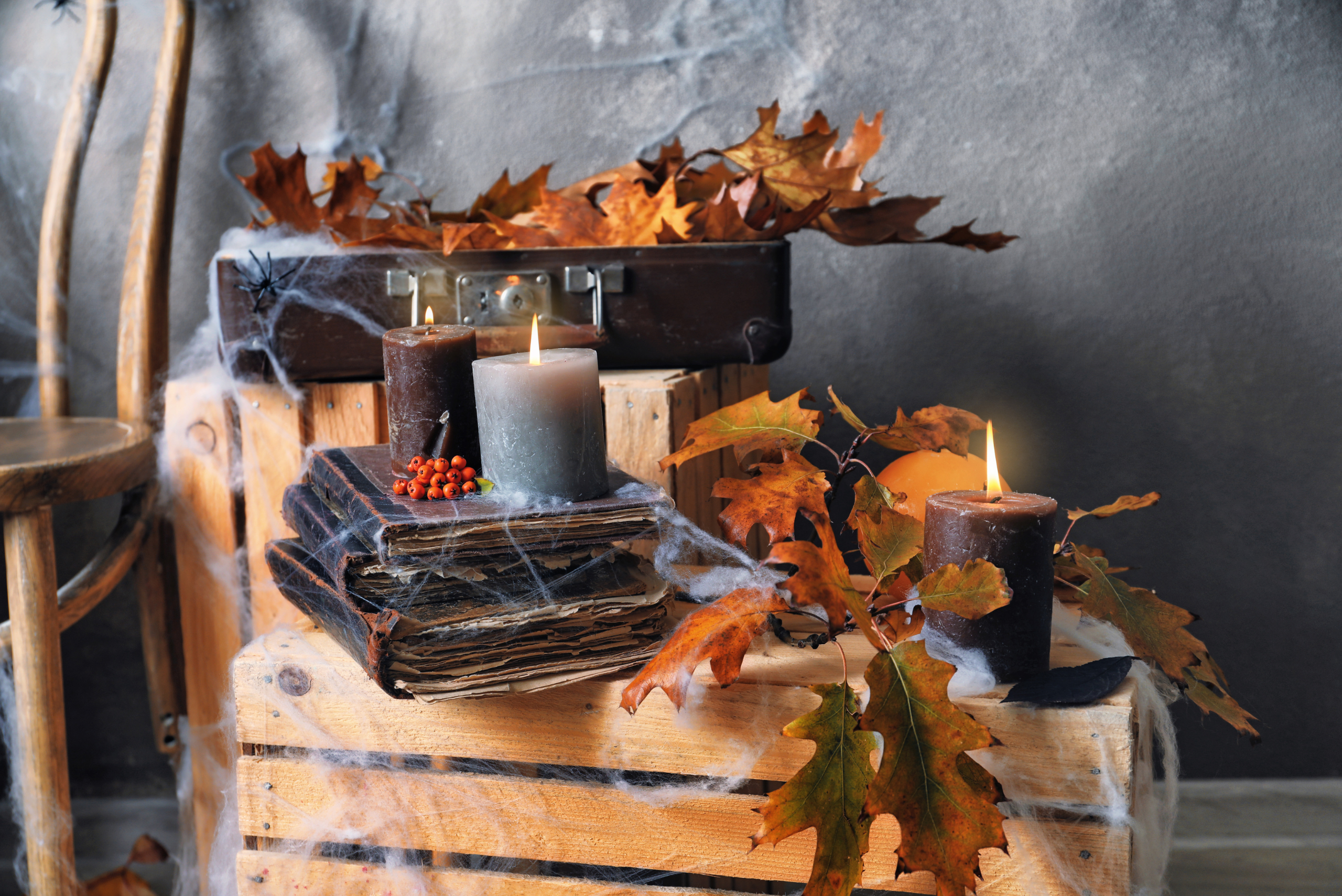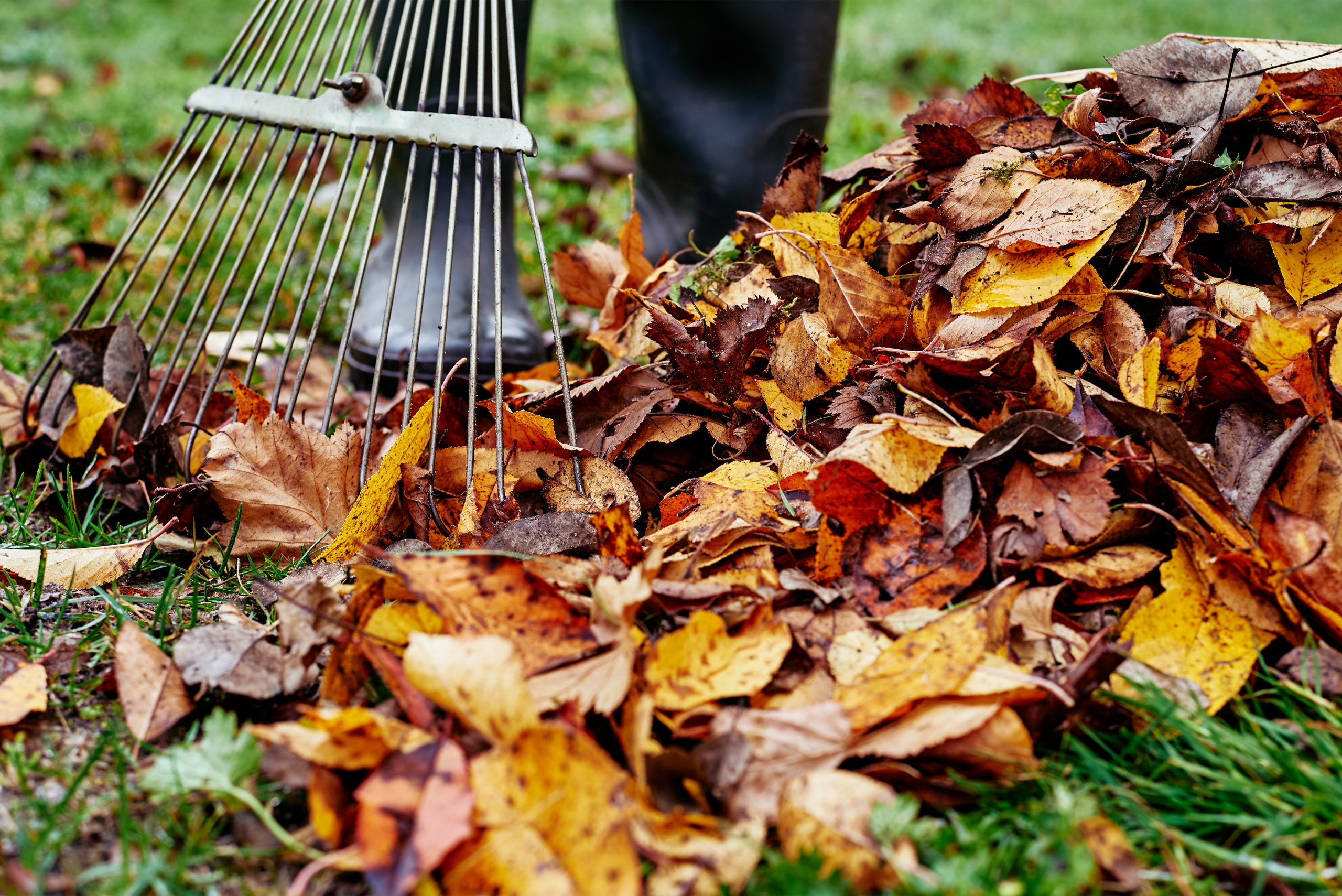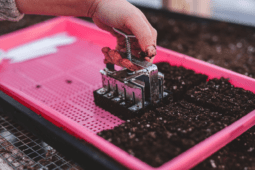7 Creative Ways to Repurpose Fallen Leaves
As autumn paints the world in vibrant hues, trees shed their leaves, carpeting the ground with a kaleidoscope of colors. While many view fallen leaves as a nuisance to be raked and discarded, these natural castoffs are actually a valuable resource waiting to be tapped. Instead of bagging them up for the landfill, consider the myriad ways you can repurpose dry leaves to benefit your home, garden, and the environment.
Dry leaves are not just nature’s confetti; they’re a versatile material that can be transformed into everything from nutrient-rich compost to beautiful works of art. By reusing and repurposing fallen leaves, you’ll not only save money on gardening supplies but also reduce waste and contribute to a more sustainable lifestyle. In this article, we’ll explore seven creative and practical ways to make the most of autumn’s abundant offering.
1. Create Nutrient-Rich Compost to Nourish Your Garden and Plants

Composting is one of the most effective ways to repurpose dry leaves, turning them into black gold for your garden. Dry leaves are an excellent source of carbon, which is essential for a balanced compost pile. To create nutrient-rich compost, layer your dry leaves with green materials like grass clippings, vegetable scraps, and coffee grounds. This combination provides the perfect balance of carbon and nitrogen needed for decomposition.
As the leaves break down, they release valuable nutrients that will enrich your soil and promote healthy plant growth. To speed up the composting process, shred the leaves before adding them to your pile. This increases the surface area, allowing microorganisms to break down the material more quickly. Remember to turn your compost pile regularly and keep it moist to ensure proper decomposition. In a few months, you’ll have a nutrient-packed amendment that your plants will love.
2. Use Dry Leaves as Mulch to Protect and Nourish Your Garden Beds

Mulching with dry leaves is an excellent way to protect your garden beds during the winter months while also improving soil health. Simply spread a thick layer of leaves around your plants, trees, and shrubs. This natural mulch helps insulate plant roots from extreme temperatures, retains moisture in the soil, and suppresses weed growth. As the leaves decompose, they release nutrients into the soil, feeding your plants and improving soil structure.
For a more aesthetically pleasing mulch, consider shredding the leaves before applying them to your garden beds. This not only creates a neater appearance but also prevents the leaves from matting together and forming an impenetrable barrier. Leaf mulch is particularly beneficial for acid-loving plants like rhododendrons, azaleas, and blueberries. As an added bonus, using leaf mulch reduces the need for store-bought alternatives, saving you money and reducing plastic waste from bagged mulch products.
3. Make Leaf Mold to Improve Soil Structure and Water Retention

Leaf mold is a type of compost made exclusively from decomposed leaves. It’s an excellent soil amendment that improves soil structure, increases water retention, and provides a habitat for beneficial microorganisms. To create leaf mold, simply collect your dry leaves in a wire bin or large plastic bag with drainage holes. Moisten the leaves and let nature do its work. The decomposition process takes about 6-12 months, but the result is worth the wait.
The finished product has a dark, crumbly texture and a pleasant earthy smell. Leaf mold can be used as a soil amendment, mixed into potting soil, or used as a top dressing for garden beds. It’s particularly beneficial for woodland plants and shade gardens, mimicking the natural forest floor environment. By creating leaf mold, you’re not only improving your soil but also reducing the amount of organic waste that ends up in landfills.
4. Craft Beautiful Autumn-Inspired Decorations and Art Projects

Dry leaves offer endless possibilities for creative projects and seasonal decorations. Their vibrant colors and unique shapes make them perfect for crafting beautiful autumn-inspired art. Try pressing leaves between heavy books to preserve their color and shape, then use them to create framed leaf arrangements, greeting cards, or bookmarks. You can also dip leaves in melted beeswax to create long-lasting decorations that retain their vibrant hues.
For a fun family project, gather leaves of different shapes and sizes to create leaf rubbings or prints. Simply place a leaf under a sheet of paper and rub over it with a crayon or colored pencil to reveal its intricate veins and texture. These leaf prints can be used to make unique wrapping paper, placemats, or wall art. Another creative idea is to use leaves as natural dye materials, creating beautiful earthy tones for fabrics or paper crafts.
5. Insulate Your Compost Bin to Maintain Optimal Decomposition Temperatures

Dry leaves can play a crucial role in maintaining your compost pile throughout the colder months. As temperatures drop, the decomposition process in your compost bin slows down. By using dry leaves as insulation, you can help maintain the warmth necessary for continued microbial activity. Create a thick layer of leaves around the sides and top of your compost bin to act as a natural blanket, trapping heat and protecting the pile from freezing temperatures.
This insulation not only keeps your compost active during winter but also helps to balance the moisture content of your pile. Dry leaves absorb excess moisture, preventing your compost from becoming waterlogged and anaerobic. When spring arrives, you can simply incorporate these insulating leaves into your compost pile, adding more carbon-rich material to your mix. This method ensures that your composting efforts continue year-round, providing you with a steady supply of nutrient-rich soil amendments.
6. Create a Cozy Habitat for Beneficial Insects and Small Animals

Fallen leaves play a vital role in supporting local ecosystems by providing shelter and food for various creatures. Instead of removing all the leaves from your yard, consider leaving some in designated areas to create wildlife habitats. Piles of dry leaves offer perfect hibernation spots for beneficial insects like ladybugs, butterflies, and bees. These insects are essential for pollination and natural pest control in your garden.
Small animals such as hedgehogs, frogs, and toads also benefit from leaf piles, using them as shelter during cold weather. By providing these habitats, you’re supporting biodiversity in your local area and maintaining a balanced ecosystem in your garden. You can create dedicated “wild corners” in your yard where leaves are left undisturbed or build simple leaf pile shelters in quiet areas of your garden. This approach not only benefits wildlife but also reduces the time and effort spent on fall yard cleanup.
7. Use Dry Leaves as a Natural Weed Suppressor in Your Garden

Harnessing the power of dry leaves as a weed suppressor is an effective and eco-friendly alternative to chemical herbicides. By creating a thick layer of leaves around your plants and in garden pathways, you can prevent weed seeds from germinating and block sunlight from reaching existing weeds. This natural method not only reduces the need for weeding but also helps to conserve soil moisture and regulate soil temperature.
To use leaves as a weed suppressor, start by clearing the area of existing weeds. Then, lay down a thick layer of dry leaves, about 4-6 inches deep. For added effectiveness, you can place a layer of cardboard or newspaper underneath the leaves. As the leaves decompose, they’ll continue to enrich the soil while suppressing weed growth. This method is particularly useful in vegetable gardens, around trees and shrubs, and in perennial beds. By repurposing your dry leaves in this way, you’re creating a low-maintenance, chemical-free solution to weed control.
Related Articles
- Six Ways Cinnamon Can Support Your Plants’ Growth to Enhance Your Garden
- Eco-Friendly and Cost-Effective Alternatives to Traditional Lawn Topdressing Methods
- 10 Creative and Practical Uses for Sawdust
As we’ve explored, dry leaves are far from being mere yard waste. They’re a valuable resource that can be repurposed in numerous ways to benefit your garden, home, and local ecosystem. So, the next time you’re faced with a yard full of fallen leaves, resist the urge to bag them up for disposal. Instead, view them as nature’s gift – a versatile material ready to be transformed into something useful and beautiful.
Ready to start your next project? Join our DIY community to receive tool tips, how-to guides, and exclusive creative insights. Subscribe to the ManMadeDIY newsletter now! Click here to unlock a world of hands-on inspiration.









